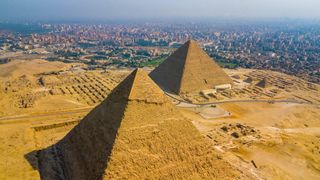The origins of life on Earth have long fascinated scientists, particularly the nature of the last universal common ancestor (LUCA). LUCA, the root of the evolutionary tree from which Bacteria and Archaea diverged, represents a key node in life’s history.
This ancient organism’s characteristics, age, and ecological role offer critical insights into the early evolution of life on Earth.
LUCA is estimated to have existed approximately 4.2 billion years ago. Researchers from the University of Bristol and international collaborators employed innovative methods to trace its timeline.
LUCA is estimated to have existed approximately 4.2 billion years ago. Researchers from the University of Bristol and international collaborators employed innovative methods to trace its timeline.
They used divergence time analysis of pre-LUCA gene duplicates, combined with microbial fossils and isotope records, to establish LUCA’s position in evolutionary history.
These findings challenge prior assumptions that life could not survive the Late Heavy Bombardment, a period of intense asteroid impacts occurring between 3.7 and 3.9 billion years ago. READ MORE...
These findings challenge prior assumptions that life could not survive the Late Heavy Bombardment, a period of intense asteroid impacts occurring between 3.7 and 3.9 billion years ago. READ MORE...




